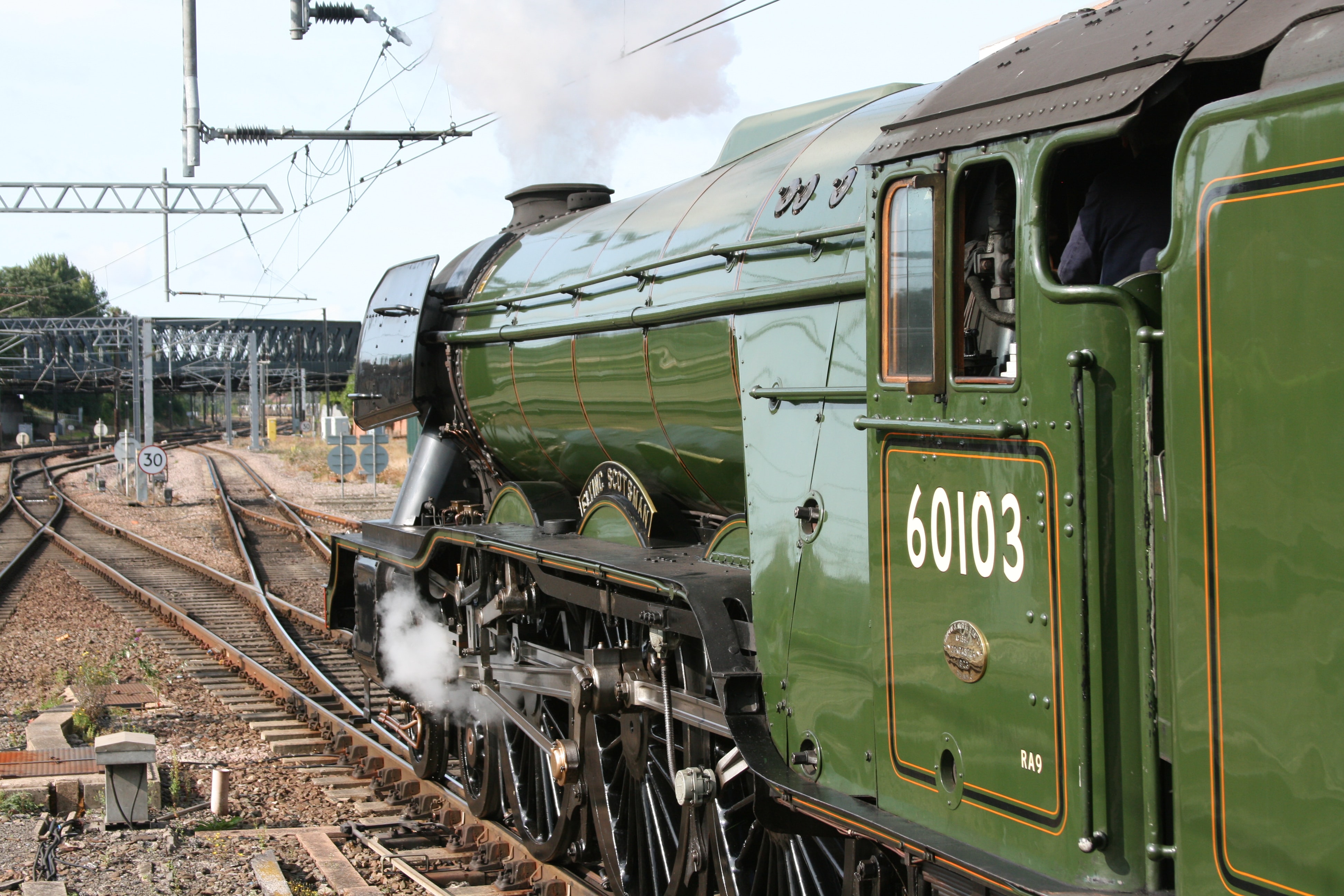In 1923, the LNER had its locomotive works in Doncaster, where it had plans for a larger and more powerful locomotive for its flagship service from London to Edinburgh.
The new Chief Mechanical Engineer was Nigel Gresley, who was instrumental in the development of the more powerful locomotives. On February 24th 1923, at a cost of £7,944, locomotive number 1472 was put into service, pulling trains from London to Edinburgh. It was displayed at the Empire Exhibition in 1924, where it got its new number, 4472 and its name, The Flying Scotsman!
It was also the first locomotive with a narrow corridor in the tender for the crew to change over without stopping. This was the golden period for rail travel, luxury carriages where you could even get a shave! Speed became important as cars and roads improved. In November 1934, with test carriages behind, The Flying Scotsman became the first steam locomotive to record 100mph. This was the start of a very illustrious career for this locomotive. It was also the first steam locomotive to circumnavigate the world. During its time in Australia, it created the record for the longest nonstop run for a steam locomotive of 422 miles. It has had numerous owners and rebuilds, the most recent lasting 10 years. Now housed at The National Railway Museum York, this is another National Treasure for us to enjoy in Yorkshire.
Articles supplied by Stephen Sutcliffe, Yorkshire Blue Badge Tourist Guide – https://yorkshiresbestguides.co.uk/project/steve-sutcliffe/
Photo credit: The Flying Scotsman – Neil Mewes-Unsplash


